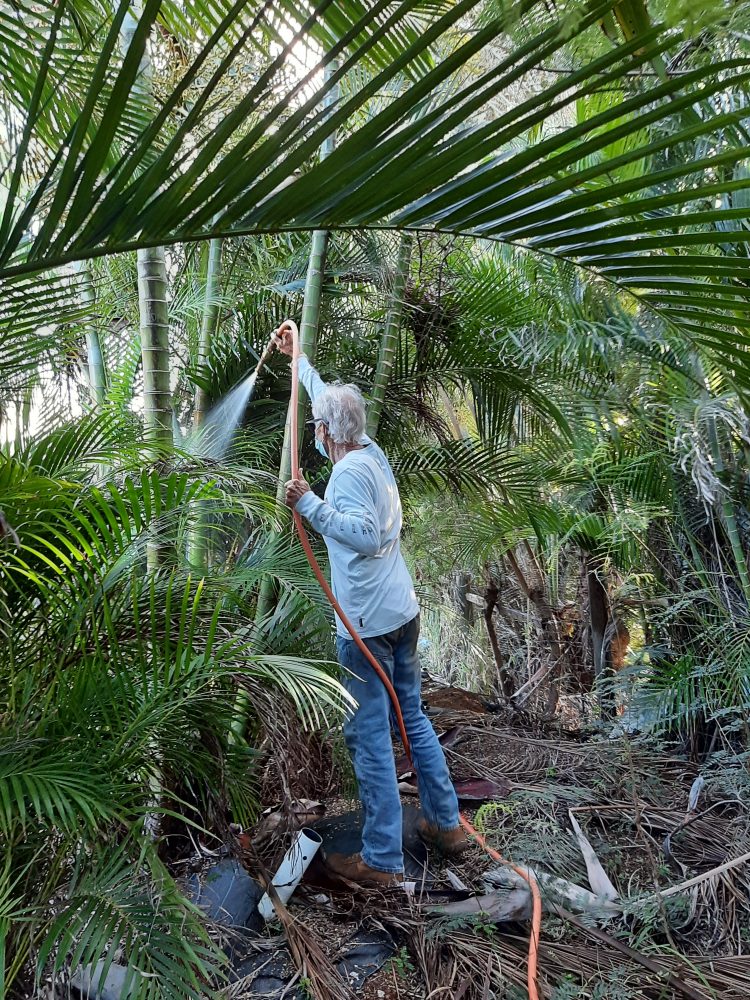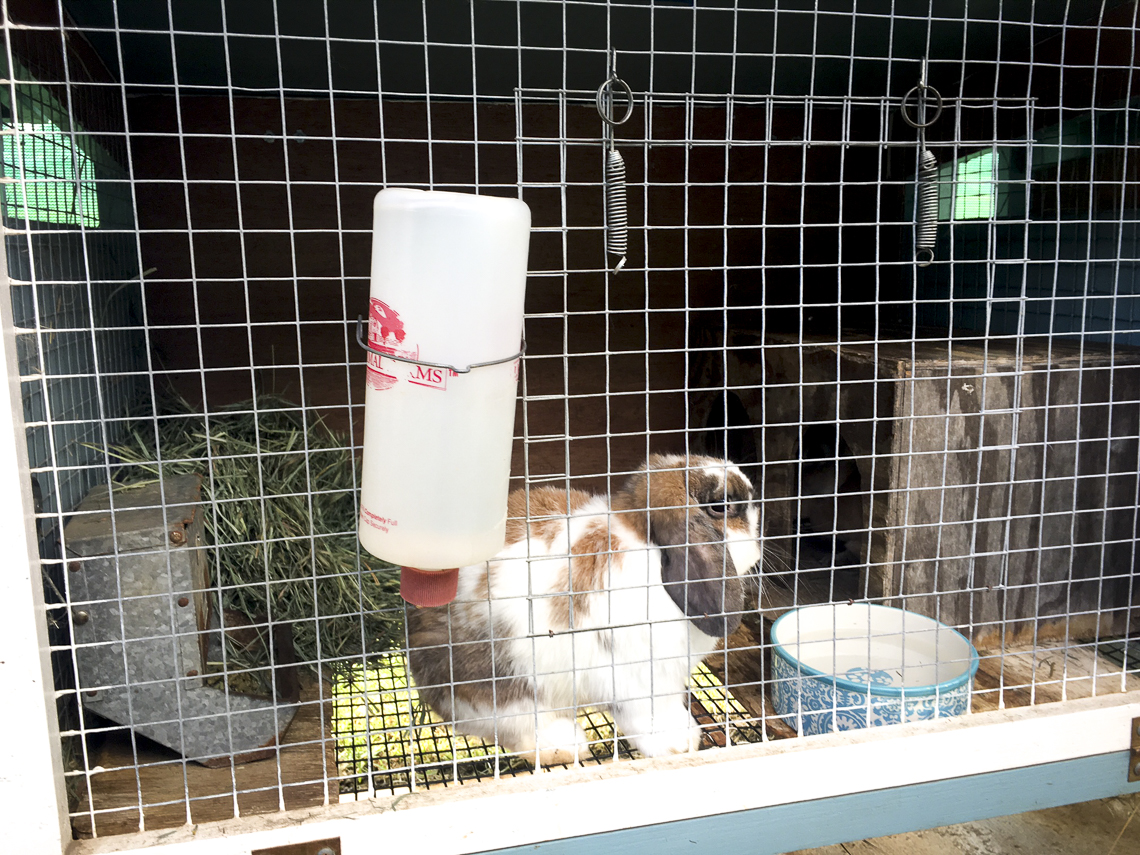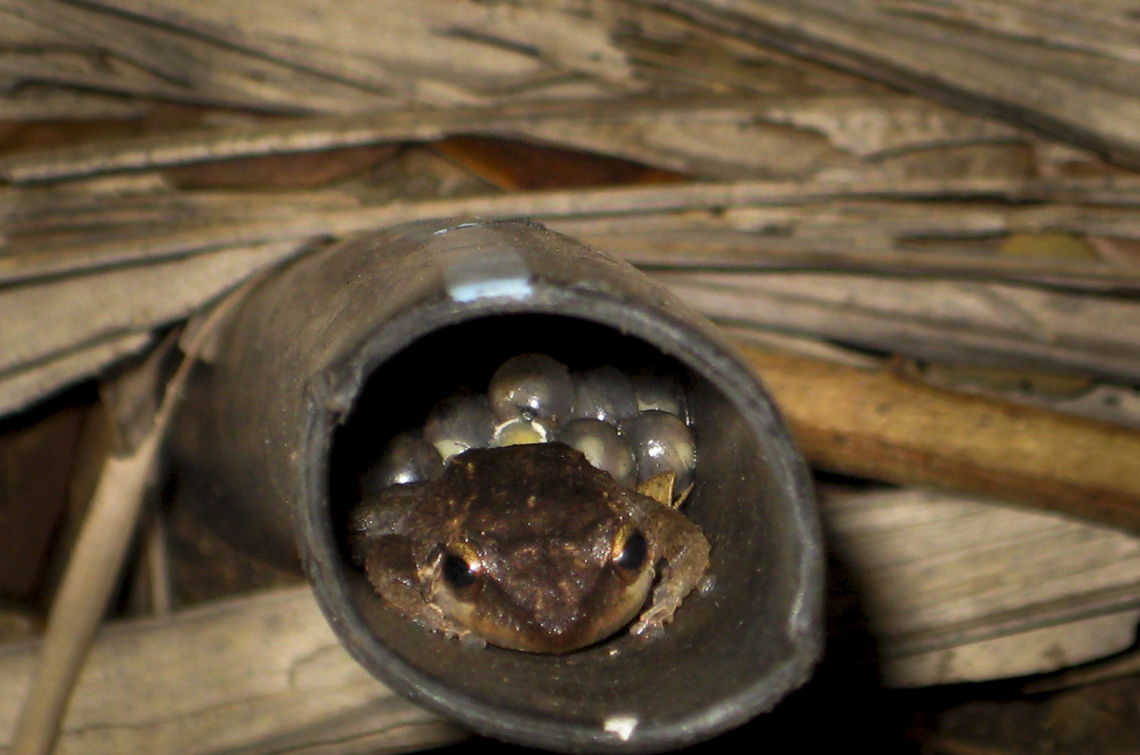Even when our coqui crew is fully staffed, success depends on collective kuleana: communities working in their yards so MISC…
Read More
Invasive Animals
Haʻikū Residents bring back quiet nights through MISC Community Coqui Control Program
Haʻikū communities are taking back their quiet nights from noisy, invasive coqui frogs, with tools and training from the Maui…
Read More
Coqui frogs negatively affect the environment in more ways than one
In the dark, Darrel Aquino turns off the pump engine – the silence is a stark contrast to the noise…
Read More
Why can’t you keep rabbits on the ground? “Rabbit fever” affects people
Several years ago, a researcher working with sparrows at a rabbit farm on Maui fell ill. He was feverish and…
Read More
Hiring five field crew and a crew leader to join our coqui program.
Work outside, mālama the ʻāina, and help your community.
Illegal dumping risks spreading invasive species
The evening of July 24, 2018, a Maui resident living near the Five Corners area of Haʻikū heard something she…
Read More





